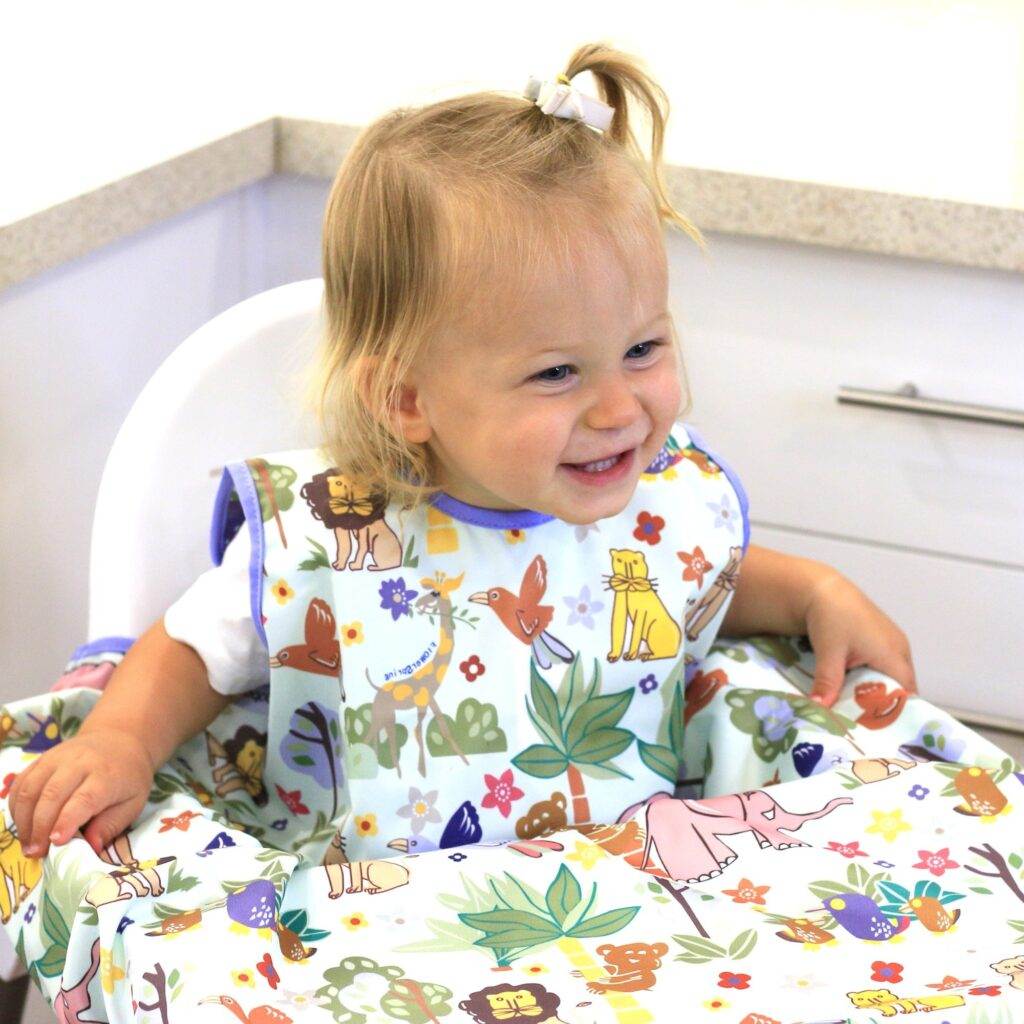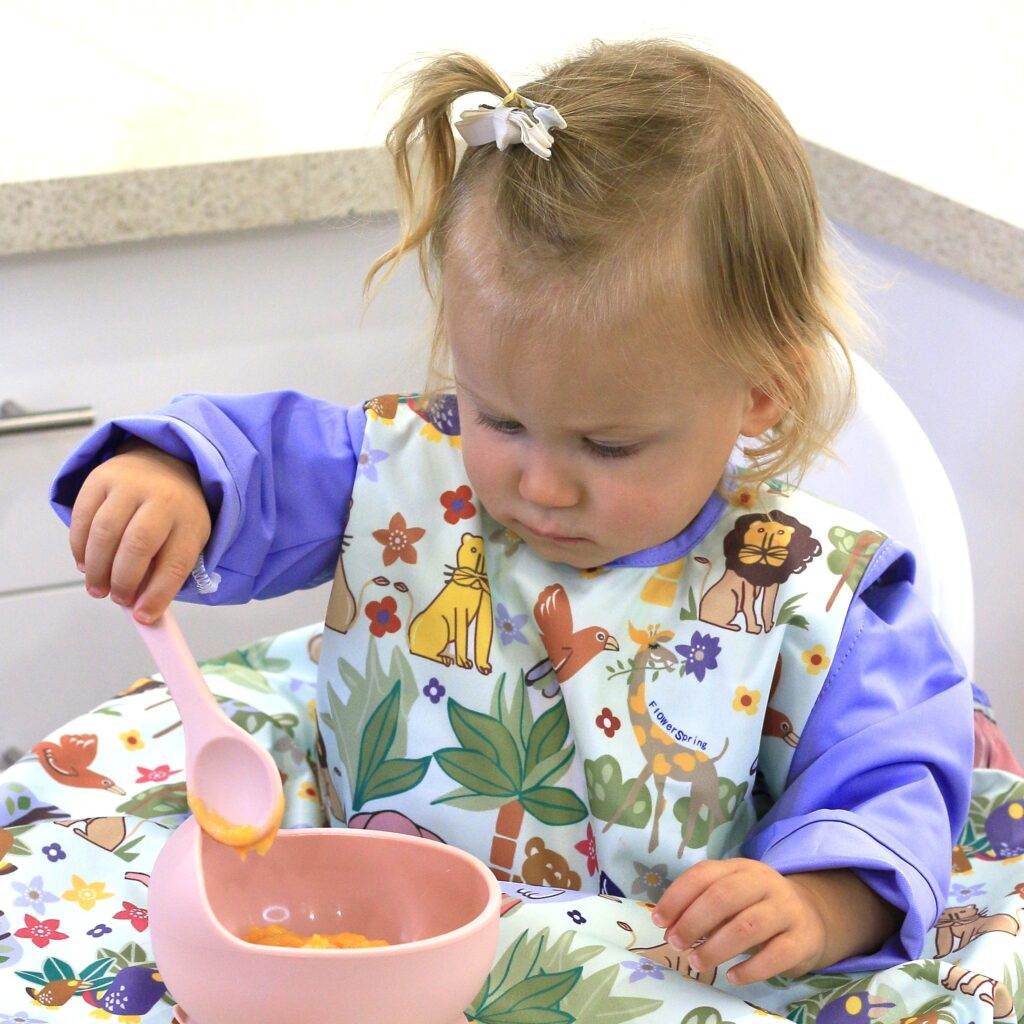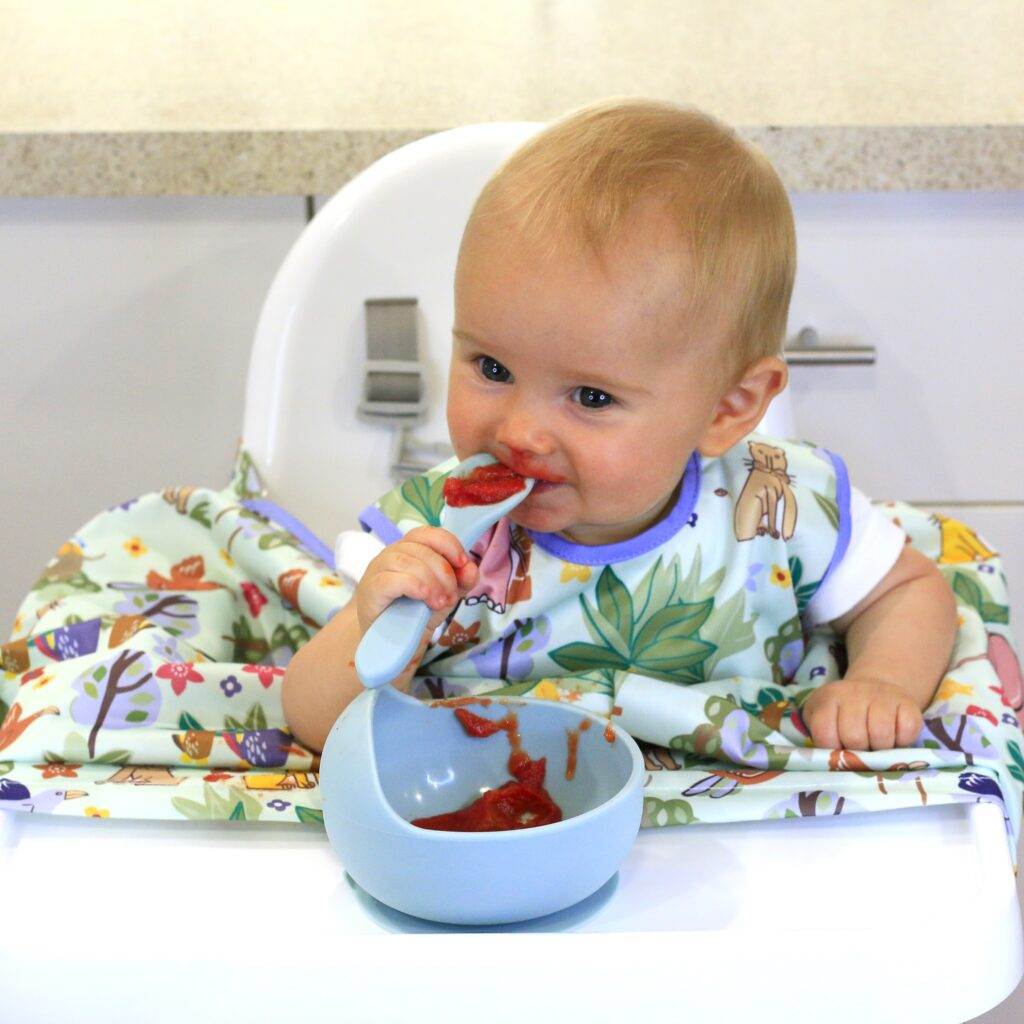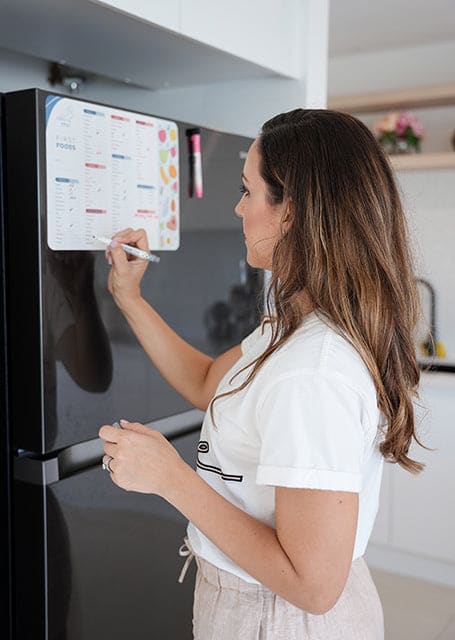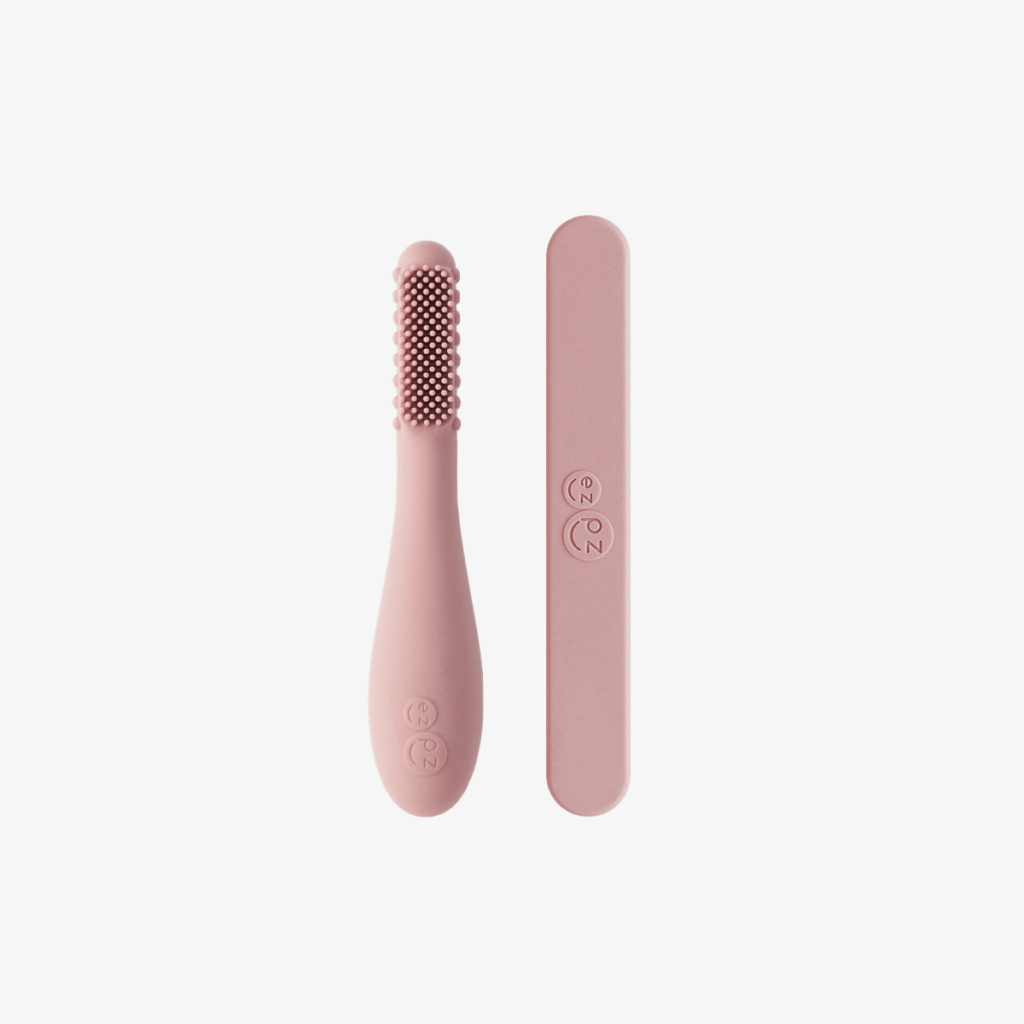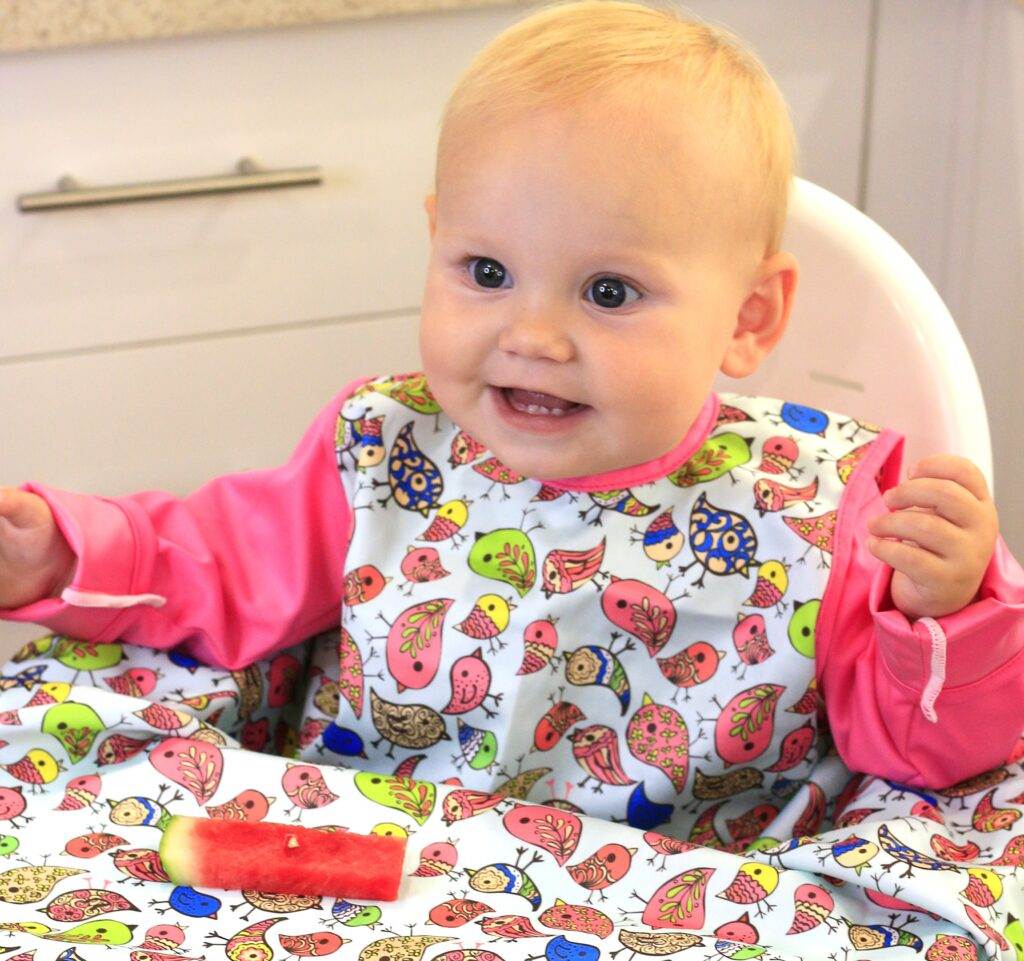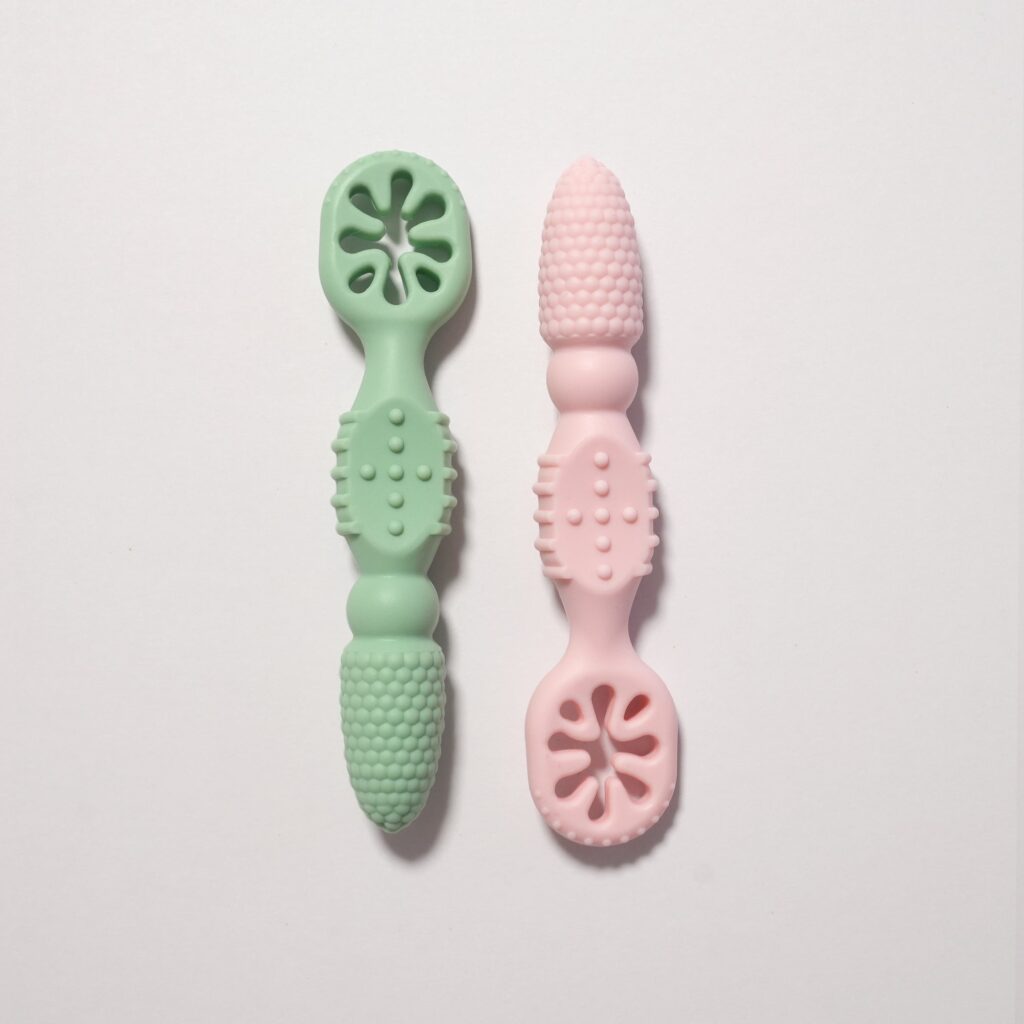FEATURED PRODUCTS
-
Easymat MiniMax Open Baby Suction Plate Earn up to 29 points.$29.95
-
Footsi® - Eco-friendly Adjustable Highchair Footrest - The Woodsi Footsi® Earn up to 34 points.$29.95 – $34.95
-
Leg wraps - KMART Highchair Earn up to 19 points.$19.95

















